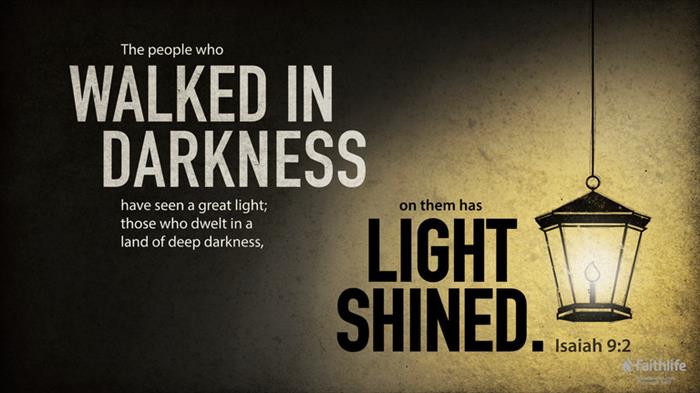
This week we move from an introduction to the prophet Amos, and his call for justice and righteousness in Israel (the Northern Kingdom) in the 8th century, probably around 760 B.C.E. Now we move forward and to the south, to Judah and the prophetic period of Isaiah. He witnessed the rise of Neo-Assyrian imperialism under the aggressive policies of King Tilgath-pileser III (745-727 BCE). In his reign, Assyria conquers or annexes much of Syria and its neighbors, including Israel (the Northern Kingdom) with its capital in Samaria. Neighboring monarch opposed Assyrian growth, forming a grand coalition to resist this foreign power by the Kings of Samaria and Damascus. They invite King Ahaz (of Judah – the Southern Kingdom, with its capital in Jerusalem) to join them. Ahaz refuses, and they seek to replace him with a puppet king, called the “son of Tabeel” (Isaiah 7:6). This is a threat to Ahaz, and also to the entire Davidic dynasty of kings. This conflict is called the Syro-Ephramite War (734 BCE). It’s described in Isaiah 7:1-2 and 2 Kings 16:5-9.
It’s in this great cloud of uncertainty and the gathering unavoidable storm of war that Isaiah writes this prophetic word. He speak to the King who is fearful of being defeated and replaced by neighboring leaders, not just losing his power, but also the royal line of David would be wiped out. On the other side is Tiglah-pileser III demanded huge ransom payments. There seems to be no way out. No possible future. This is the darkness and gloom in which the people, Isaiah is called to pastor, are walking.
Our gospel story from John also talks of light and darkness. This gospel, most likely the last written down, is highly developed in terms of theology and literary style. This story is told by John alone. This woman is brought to Jesus to “test” or provoke him to take a public stance either for the perspective of his adversaries or to be declared a laxist heretic. But the story is pierced with a few holes. Jewish law declared that 2 or 3 witnesses to her sin must be present. They are to be the first to throw the stones to kill the sinner. And in an ironic, but maybe not surprising twist, adultery was a sin that could only be committed with a married woman engaging with another man, not a married man doing anything. [Scripture LINKS] In our #metoo time of harassment and sexual assault revelations the hopelessness of this woman in this situation rings all too true. Jesus alone provides light in her darkness.
Questions for the practice of Examen & Contemplation
- What shimmers for you in this passage?
- What word, phrase or image touches your life today?
- To what extent does being surrounded by darkness (literally or metaphorically) become a power that can hold us captive? How can it shape how we see the world? What does it mean to be looking for the light… in the time of Isaiah?; for the woman in John 8?; for us today?
LINK to PDF Study Sheet on the Texts @CAPCOakland.org